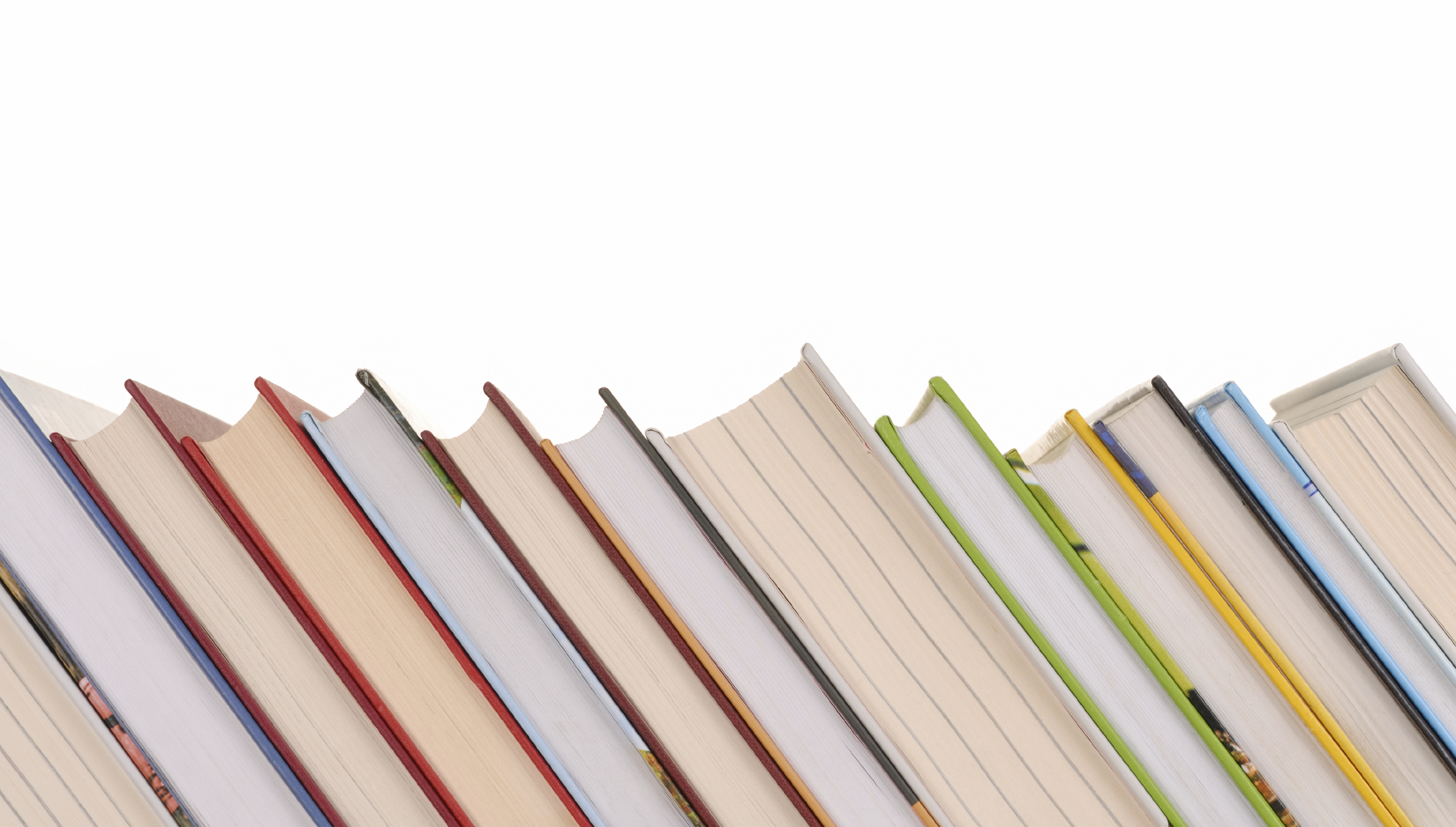What are you reading?
Issue: XXII.4 July - August 2015Page: 12
Digital Citation
Authors:
Heekyoung Jung
I am currently working on a project to design new forms of digital devices that support personal-data tracking and representation. The project investigates how meanings and styles could be integrated into the forms of interactive applications and how creative and skillful making could become part of the systemic interaction design process.
The computer has enabled various new forms of knowledge and production. While it has become widely familiar, its fundamental function for calculation and communication has been largely obscured with metaphors and interfaces. The books that I have been reading recently have deepened my understanding of computing technology as it is.
Abstracting Craft: The Practiced Digital Hand By Malcolm McCullough (1998) One of McCullough's earlier books, Abstracting Craft theorizes about the practice of craft and the use of computers for creative work. McCullough reflects on the fundamental concepts of symbolic processing and tacit knowledge, and their dynamic in the course of digital making with and through computers. He provides a nice framework for viewing the computer as a design medium and for discussing the complexity of the materiality of digital creation. In my project, I extend this framework from the context of computer-aided design (CAD) in the 1990s to the current issues around interactive prototyping with physical sensors and displays.

Code: The Hidden Language of Computer Hardware and Software By Charles Petzold (2000) While Abstracting Craft looks at the computer mainly as a medium for creation, Code focuses on how the computer works as a communication medium. Going back to the very basics of binary codes and electrical circuits, Petzold engagingly articulates the evolution of digital communication. He appreciates computing technology in itself, without interfaces and metaphors getting in the way, thus opening up design possibilities free from existing forms of digital applications.

Petzold appreciates computing technology in itself, without interfaces and metaphors getting in the way, thus opening up design possibilities free from existing forms of digital applications.
The Innovators: How a Group of Hackers, Geniuses, and Geeks Created the Digital Revolution By Walter Isaacson (2014) This audiobook is my recent commuting companion. It is another history of computing technology but from a broader perspective, with the Internet coming onto the scene. There are many overlapping anecdotes with Petzold's book, but of course this story has more drama, telling the stories of digital pioneers and their teamwork in the field. Although the book does not directly inform my project in terms of technical facts or theoretical concepts, it is still inspiring to speculate on the visions and challenges of these innovators.

The Imaginary App Edited by Paul D. Miller and Svitlana Matviyenko (2014) Smartphones are today's new computers and mobile apps have enabled ubiquitous computing experiences. This book provides theoretical tools to investigate apps as a cultural platform that promises imaginary status to their users. Apps are compared with conventional software in terms of their relationship with users and their economic value. These perspectives expand the scope of interactive applications to sociocultural ecosystems, which has introduced new design dimensions to my project.

Heekyoung Jung is an assistant professor of interaction design. She designs and investigates various forms of interactive applications, focusing on the creative form-making process, streamlined information navigation, and engaging user experiences. Recently, she has worked on front-end design of communication systems for hospitals, warehouses, and airports. [email protected]
Copyright held by author
The Digital Library is published by the Association for Computing Machinery. Copyright © 2015 ACM, Inc.



